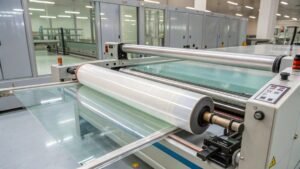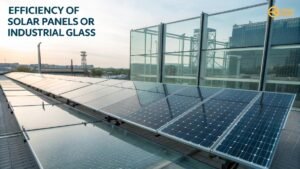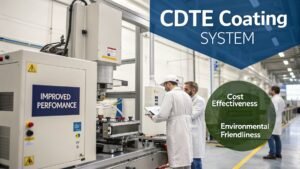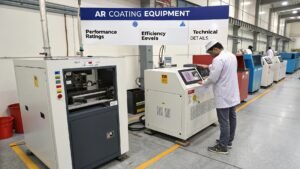In the solar industry, degraded photovoltaic (PV) modules can significantly reduce energy output, leading to financial losses. Addressing this issue is crucial for maintaining optimal performance.
Reconfiguring the electrical positions of PV modules within a string can improve the performance of degraded solar plants by mitigating the effects of module degradation.
Understanding the methods and benefits of reconfiguring PV modules is essential for solar plant operators aiming to enhance energy production and extend the lifespan of their installations.
What Are the Common Causes of PV Module Degradation?
Degradation of PV modules can result from various factors, leading to decreased efficiency and energy output.
Common causes include potential-induced degradation (PID), increased series resistance due to corrosion, and physical damage such as cell cracks.
Types of PV Module Degradation
| Degradation Type | Cause | Effect on Module |
|---|---|---|
| Potential-Induced Degradation (PID) | High voltage stress and humidity | Reduction in shunt resistance (Rsh) |
| Series Resistance Increase | Corrosion or solder bond issues | Increase in series resistance (Rs) |
| Physical Damage | Cell cracks or permanent soiling | Localized performance loss |
Recognizing these degradation types is vital for implementing effective reconfiguration strategies to restore or enhance module performance.
How Can Reconfiguration Improve Solar Plant Performance?
Reconfiguration involves altering the electrical connections of PV modules to optimize energy output despite degradation.
By grouping modules with similar performance characteristics, reconfiguration minimizes mismatch losses and enhances overall system efficiency.
Strategies for Reconfiguring PV Modules
Researchers have developed various strategies to reconfigure degraded PV modules:
- Strategy C1: Grouping top-performing modules to form new strings.
- Strategy C2: Dividing strings into sets and calibrating them based on average fill factor.
- Strategy C3: Creating smaller module sets and ordering them by performance.
Implementing these strategies requires careful analysis of module performance data and may involve labor costs for physical reconfiguration.
What Are the Economic Considerations of Reconfiguring PV Modules?
While reconfiguration can enhance performance, it's essential to evaluate the economic feasibility.
Factors such as labor costs, downtime during reconfiguration, and the extent of degradation influence the cost-effectiveness of reconfiguration efforts.
Cost-Benefit Analysis
| Factor | Consideration |
|---|---|
| Labor Costs | Vary by region; higher in developed countries |
| Downtime | Potential loss of revenue during reconfiguration |
| Performance Gain | Expected increase in energy output post-reconfiguration |
A thorough cost-benefit analysis helps determine whether reconfiguration is a viable solution compared to alternatives like module replacement.
How Does Reconfiguration Compare to Other Mitigation Techniques?
Reconfiguration is one of several strategies to address module degradation. Comparing it to other methods can inform decision-making.
Alternatives include installing power optimizers, regular cleaning to prevent soiling, and replacing severely degraded modules.
Comparison of Mitigation Strategies
| Strategy | Pros | Cons |
|---|---|---|
| Reconfiguration | Cost-effective, utilizes existing modules | Labor-intensive, temporary solution |
| Power Optimizers | Improves individual module performance | Additional equipment cost |
| Regular Cleaning | Prevents soiling-related degradation | Ongoing maintenance required |
| Module Replacement | Restores full performance | High upfront cost |
Choosing the appropriate strategy depends on the specific conditions and degradation patterns of the solar plant.
Conclusion
Reconfiguring PV modules presents a practical approach to enhancing the performance of degraded solar plants. By understanding the causes of degradation and implementing suitable reconfiguration strategies, operators can optimize energy output and extend the operational lifespan of their installations. However, it's crucial to conduct a comprehensive economic analysis to ensure that reconfiguration is the most cost-effective solution compared to other mitigation techniques.
For more information on advanced glass coating solutions that can protect and enhance the performance of PV modules, visit our Photovoltaic Glass ARC Line and Glass IR UV Shading Coating Line.
Note: The strategies and data discussed are based on research findings from the Indian Institute of Technology Bombay, as reported in pv magazine.





